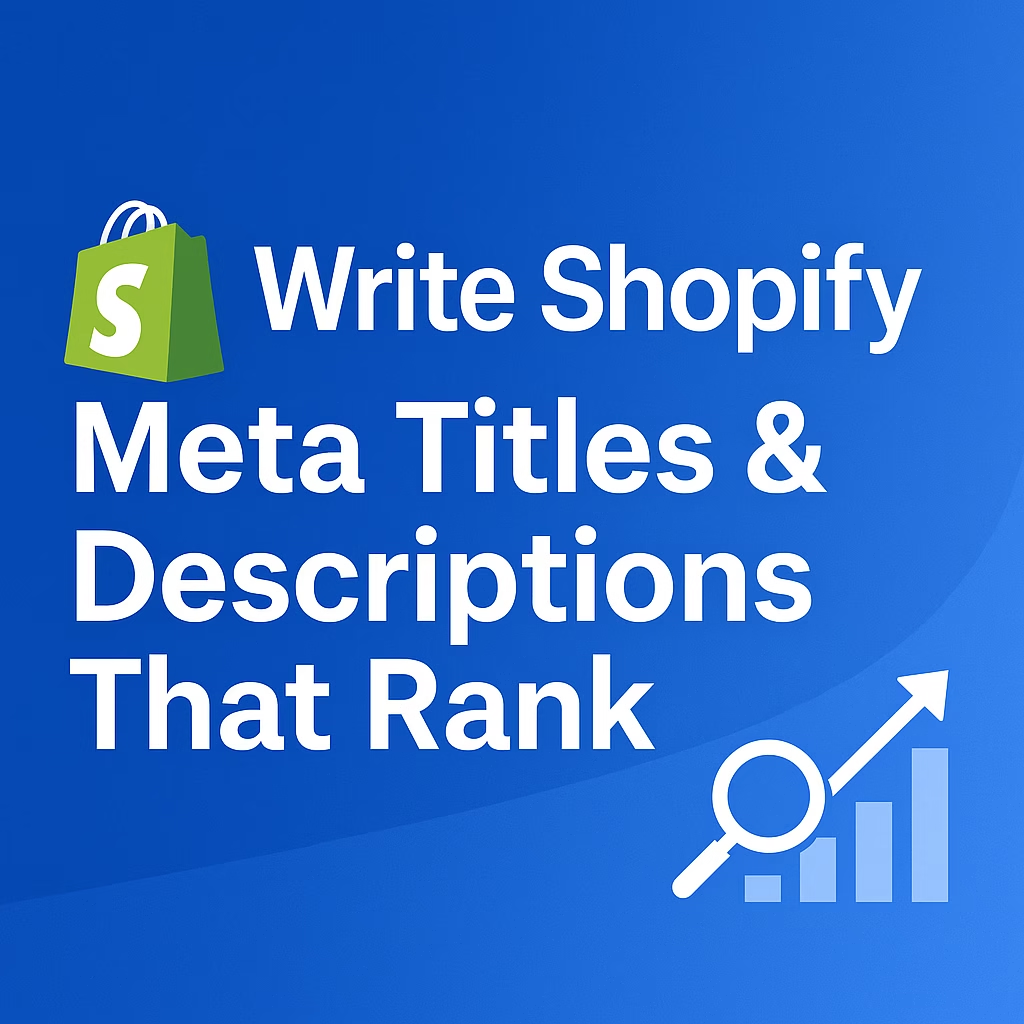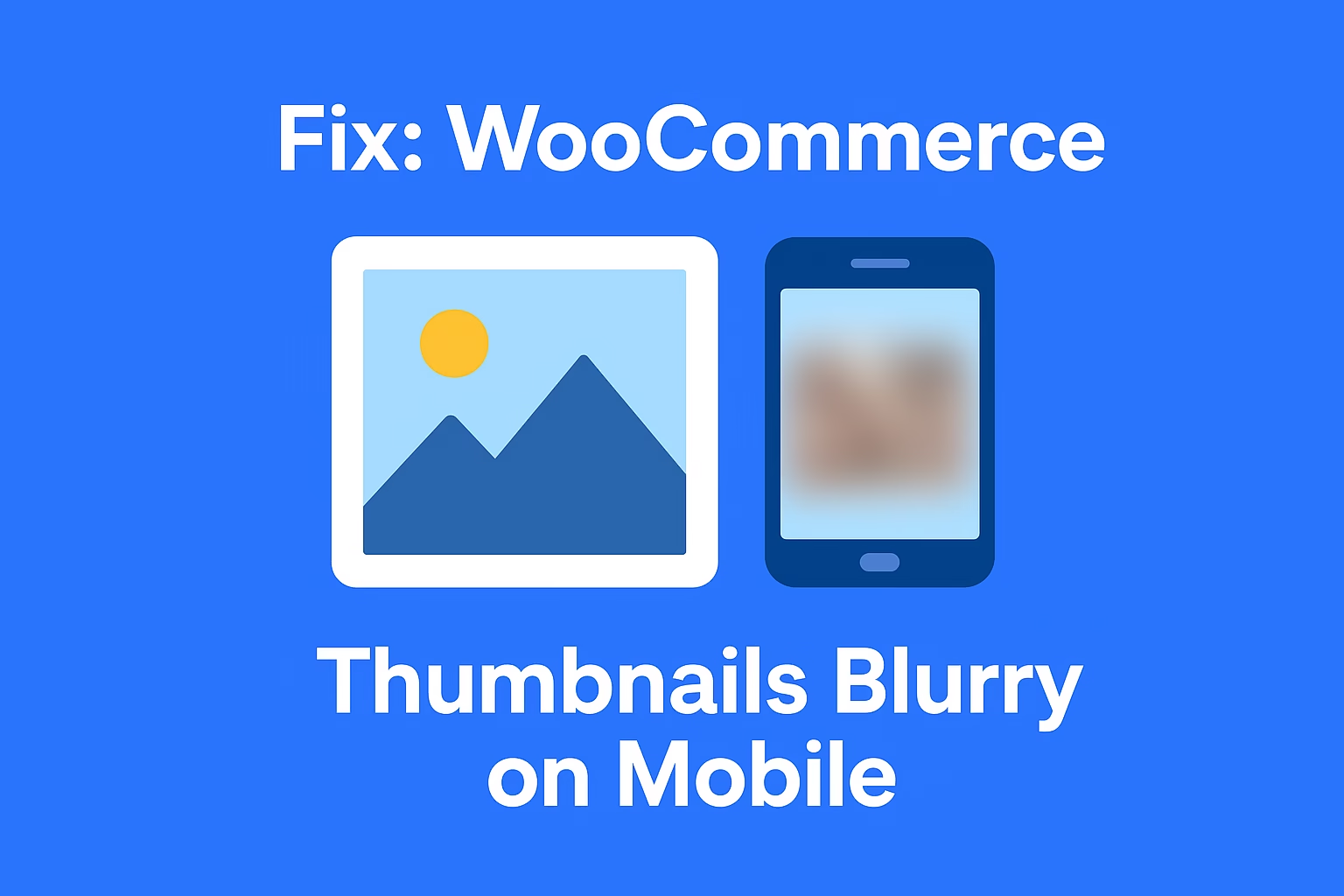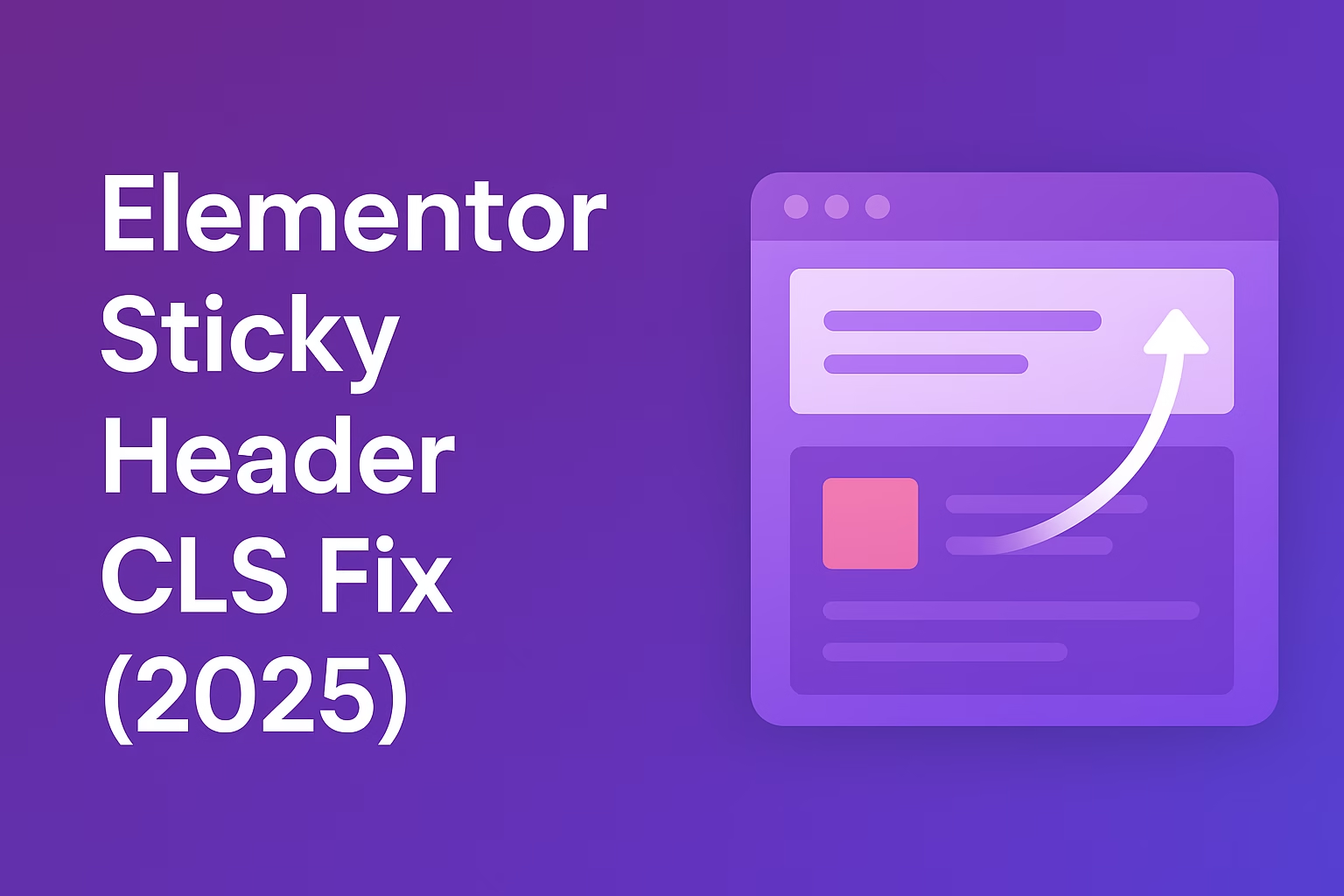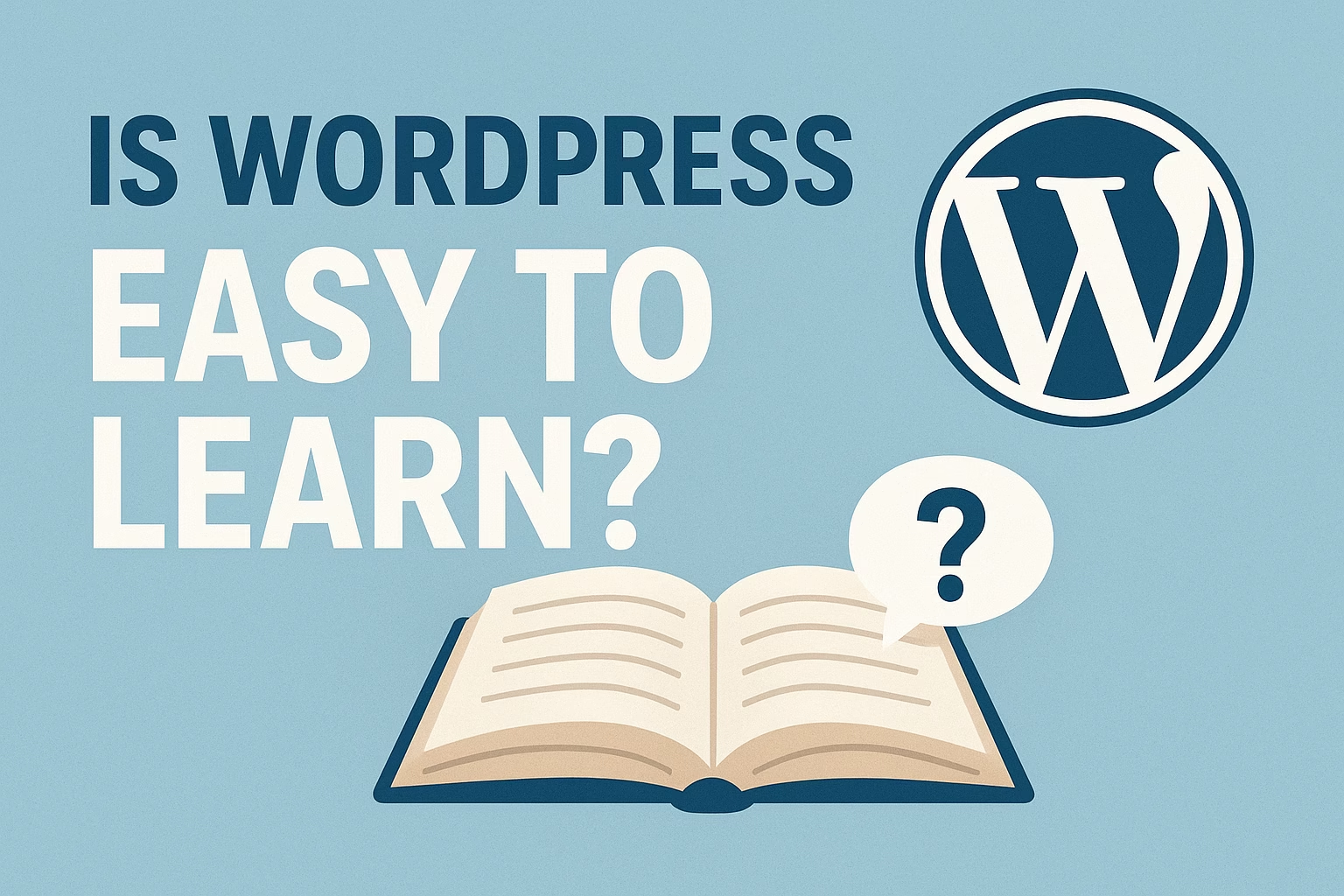A meta title (also called a title tag) is the blue clickable headline that appears in Google search results. It tells both search engines and users what the page is about.
Your Shopify meta titles and descriptions are the first — and sometimes only — shot you get at winning a click. You could rank #3 and still beat the #1 result if your title slaps and your meta description sells. But if you let Shopify auto-generate that shit? You’re invisible.
In 2025, Google is rewriting more titles than ever, so getting your metadata right is a critical part of your Shopify SEO strategy. In this guide, we’ll walk through how to write title tags and meta descriptions that actually rank — and convert. Let’s break it down step by step.
1. Understand What Meta Titles & Descriptions Actually Do
Meta titles and descriptions are HTML elements that define how your page appears in Google search results. They don’t just help rankings — they directly influence click-through rate (CTR), which does impact rankings over time.
✅ Meta Title (aka Title Tag)
- Displayed as the blue headline in Google
- Should be 50–60 characters max
- Should include your primary keyword, brand, and a reason to click
Example:
“Organic Cotton Baby Blanket – Soft & Safe | GreenNest”
✅ Meta Description
- Displayed under the title in search results
- Should be under 155 characters
- Acts like a mini-ad — highlight benefits, features, urgency
Example:
“Soft, breathable organic cotton baby blanket with GOTS certification. Free shipping. Limited stock.”
Think of your meta title as your hook, and the description as your closer. Together, they get the click — or lose it to someone else.
2. How to Write the Perfect Meta Title for Shopify Pages
Your meta title is the most powerful line of text in your SEO arsenal. It’s what searchers see first — and what they judge in half a second. Done right, it gets you more traffic even if you don’t rank #1. Done wrong? You’re just noise.
✅ Anatomy of a High-CTR Meta Title
- Primary keyword near the beginning
- Power word or benefit in the middle
- Brand name or trust factor at the end
Formula:
[Primary Keyword] – [Benefit/Offer] | [Brand Name]
Example:
“Minimalist Leather Wallet – Slim & RFID-Protected | ApexGoods”
🔥 Power Words That Boost CTR:
- Free Shipping
- On Sale
- 2025
- Official
- Soft / Safe / Fast
- Limited Stock
🧠 Shopify-Specific Title Tips:
- ✅ Customize your homepage title manually — Shopify defaults to just your brand
- ✅ Avoid having the same title across multiple products
- ✅ For collection pages, include product type + benefit + brand
Example for Collection:
“Organic Baby Clothes – Soft, Safe & Stylish | GreenNest”
Pro Tip: If your store name is short, include it. If it’s long, drop it and focus on the click.
- ✅ Keep meta titles under 60 characters
- ✅ Front-load your keyword
- ✅ Write it like a product ad — not a file name
Google might rewrite your title. But when you do it right — they don’t need to. And that’s when the clicks start rolling in.
3. How to Write Meta Descriptions That Sell
Meta descriptions don’t directly affect your rankings — but they massively impact your CTR. And CTR does affect your rankings over time. Think of meta descriptions like mini-ads for your product pages: they need to inform, persuade, and pull attention in under 155 characters.
✅ What Makes a Killer Meta Description?
- Includes your primary keyword
- Highlights a core benefit or feature
- Mentions a trust trigger (free shipping, made in USA, 5-star reviews, etc.)
- Ends with a light CTA or sense of urgency
Example:
“Premium minimalist leather wallet with RFID protection. Free shipping. Limited stock.”
🔥 High-Converting Phrases to Use:
- Free Shipping
- Made in USA / Ethically Sourced
- Over 1,000 5-Star Reviews
- Perfect Gift / Bestseller / Limited Edition
- Ships Fast / In Stock / Selling Out
💡 Shopify-Specific Tips:
- ✅ Customize every product’s meta description manually — don’t rely on Shopify’s default
- ✅ Mention the product name once (not more)
- ✅ Preview it in SERP tools like serpsim.com
Bad: “This is a nice wallet for men.”
Good: “Slim RFID leather wallet for men with free shipping. Sleek, durable, and made to last.”
- ✅ Keep it under 155 characters
- ✅ Hit emotion + feature + CTA
- ✅ Don’t repeat the title — expand it
Meta descriptions don’t rank you — they get you clicked. And in 2025, that’s what makes the algorithm love you.
4. Homepage, Collection & Blog Meta Strategies
Your product pages aren’t the only ones that need killer meta titles and descriptions. Your homepage, collection pages, and even blog posts all show up in search results — and they all need love.
🏠 Homepage Meta Title & Description
Shopify often sets the homepage title as just your store name. That’s weak. Rewrite it manually to target your main product category and branding value.
- Title Example: “Eco-Friendly Baby Essentials – Organic & Safe | GreenNest”
- Description: “Shop organic baby clothes, blankets, and toys made from safe, sustainable materials. Fast shipping. 5-star reviews.”
📂 Collection Page Metadata
Collection pages rank well when optimized. Use product-type keywords, category-level benefits, and light urgency in your copy.
- Title Example: “Organic Baby Clothes – Soft, Stylish & Safe | GreenNest”
- Description: “Explore our full line of organic cotton baby clothes. Hypoallergenic, eco-safe, and made to last. Limited stock available.”
Pro Tip: For seasonal collections, add “2025” to capitalize on recency searches (e.g., “Best Organic Baby Gifts 2025”).
📝 Blog Post Meta Titles & Descriptions
Blog SEO drives awareness — but only if your meta title gets clicked. Write titles like headlines, not summaries. Use the primary keyword up front, then punch with power words.
- Blog Title: “10 Eco-Friendly Baby Gift Ideas for New Parents (2025)”
- Meta Description: “Looking for thoughtful, organic baby gifts? These 10 safe, stylish picks are perfect for any new parent. Shop now.”
Blog Meta Tip: Always include a product mention + CTA in the description to drive product page traffic from search.
- ✅ Rewrite homepage metadata manually in Shopify settings
- ✅ Customize every collection page meta title + description
- ✅ Use blog metadata to build topical authority + get long-tail traffic
Most stores leave default metadata on their non-product pages — and that’s why they stay buried. Optimize these core pages, and watch your entire domain rise in Google’s eyes.
5. Prevent Google From Rewriting Your Meta Titles
In 2025, Google is rewriting more meta titles than ever. Why? Because too many are weak, misleading, duplicate, or stuffed. But here’s the secret: if you give Google a clean, relevant, click-worthy title — they’ll leave it alone.
✅ How to Avoid Title Rewrites:
- ✅ Put your primary keyword near the beginning of the title
- ✅ Match your H1 (page title) and meta title closely — not exactly, but clearly related
- ✅ Avoid stuffing multiple keywords or repeating phrases
- ✅ Keep it natural, readable, and under 60 characters
Google rewrites titles when:
- ❌ They’re too long or truncated
- ❌ They don’t match page content or H1 tag
- ❌ They include your brand 3 times in one sentence
- ❌ They look like keyword-stuffed nonsense
📏 Use These Title Writing Rules:
- 🔹 Keep your meta title under 60 characters
- 🔹 Keep your H1 under 70 characters
- 🔹 Use natural, human-first language with real buyer intent
Pro Tip: Use serpsim.com to preview how your title looks in search before publishing.
Example of a Good Match:
H1: “Organic Cotton Baby Blanket – Soft, Safe & Breathable”
Meta Title: “Organic Cotton Baby Blanket – Free Shipping | GreenNest”
That’s tight, relevant, and Google has no reason to mess with it.
- ✅ Match your H1 and meta title thematically
- ✅ Don’t overuse brand names or fluff
- ✅ Make it useful for the searcher — not just Google
Write your titles like Google won’t rewrite them — and they probably won’t. Do it half-assed? They’ll Frankenstein your H1 into a mess. Don’t let that happen.
Conclusion
Your Shopify meta titles and descriptions are the first handshake between your store and your potential customers. Done right, they boost click-through rate, improve rankings, and bring in highly qualified traffic — without spending a dime on ads.
In 2025, Google’s expectations are higher. Titles need to be clear, relevant, and click-worthy. Descriptions need to sell the page like a product. And you need to control your metadata — or Google will rewrite it for you.
Here’s your game plan: Start with keyword research, use proven title formulas, focus on product benefits, and optimize every single page — not just your homepage. The more pages that show up right in the SERPs, the more traffic you take from your competitors.
Need help dialing in your Shopify SEO or writing titles that actually rank? Reach out here — I’ll show you how to fix what’s holding your metadata back and get more clicks without changing your rankings.
🔥 More Shopify SEO Guides to Boost Your Store:
- Shopify SEO Checklist 2025 – 10 steps to higher rankings fast
- How to Optimize Shopify Product Pages for SEO – Keyword-rich, structured product pages that sell
- Best Shopify SEO Apps 2025 – Tools to automate your on-page game
Now go update your metadata — and start getting the clicks your store actually deserves.




